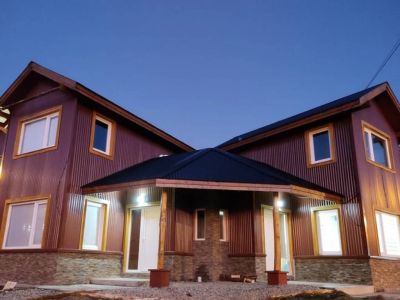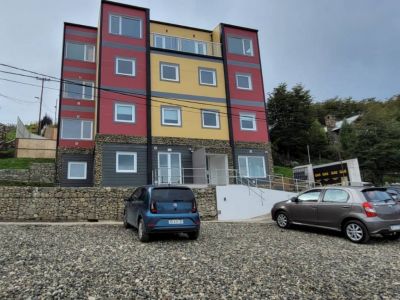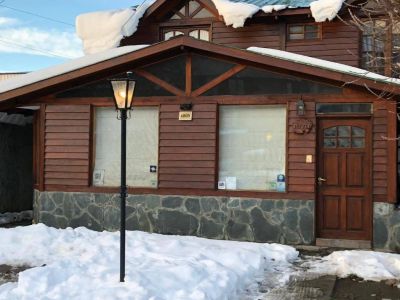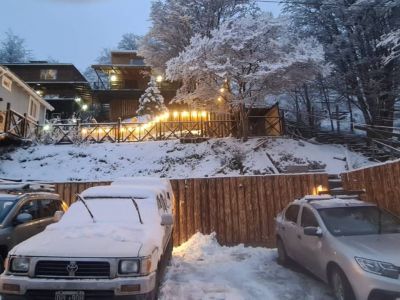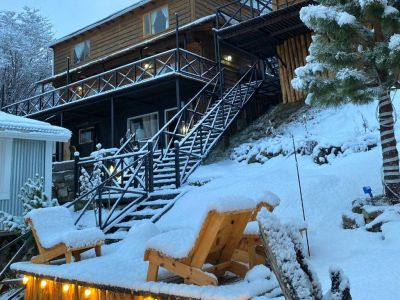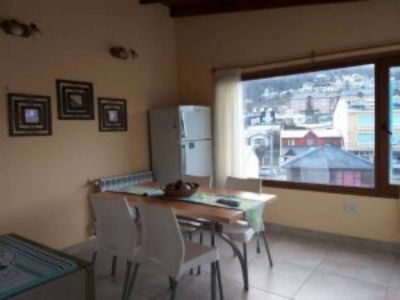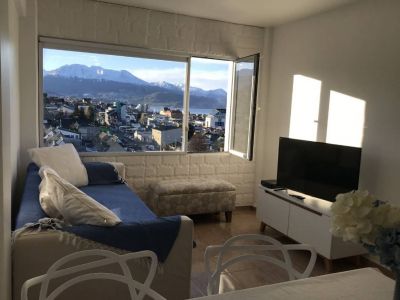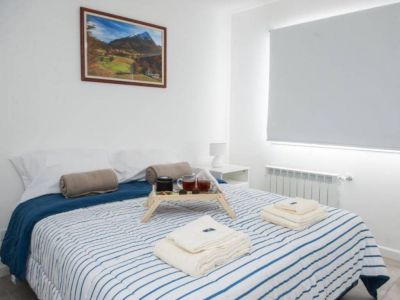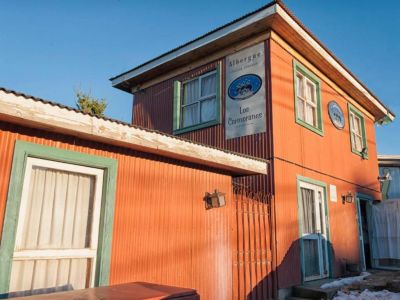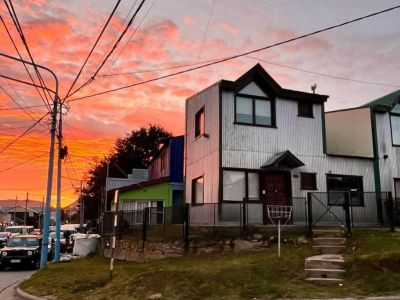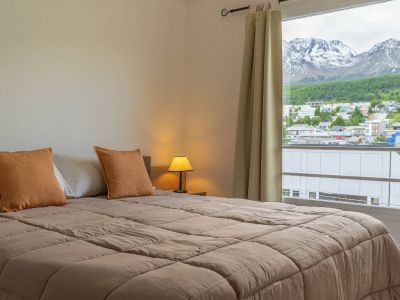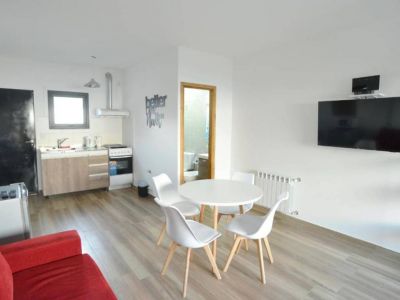This mythical channel linking two oceans is one of the most incredible landscapes on the planet. The environment of the Beagle Channel is very impressive and there are many variants of excursions to explore it that depart from the Eduardo Brisighelli dock in a southeasterly direction, sailing the Ushuaia bay.
The archipelagos emerge in front of Ushuaia, as a product of the geological past of the region. Numerous rivers of meltwater flow into the bays of the canal, modifying the subpolar water that comes from the Pacific and goes to the Atlantic. In summer, that warmer and almost sweet layer extends much more, floating over the colder and denser waters. These border waters between the two oceans create environments conducive to the biological heritage that inhabits the islands.
The great biodiversity is the objective of this excursion crossing the waters of the canal, the bays and the natural ports of the islets. The most popular promenade is the navigation towards the islands of the Birds, the Wolves and the Les Éclaireurs Lighthouse. A large number of seabirds can be observed, such as skua, steam ducks, black-browed albatrosses, cormorants, cauquenes, seagulls. The next attraction is the colonies of sea lions that inhabit the rocky islets. The route reaches the mythical lighthouse of the Les Éclaireurs islets, nestled there since 1920. Mary Ann Island is ideal for a relaxing trekking enjoying the surroundings of the Bridges Islands.
Beagle Channel Navigation
The penguin colony on Martillo Island is another key attraction if you opt for a promenade. There it is possible to arrive only in spring and summer. This island has a pasture of sheep grazing, which belonged to the Harberton Ranch and was removed in the 60s. Since then the penguin colonies grow and the area is protected. Magellanic penguins predominate and papuan penguins are also slowly populated, living with the former. The environment is perfect as habitat and refuge for the young. Its annual cycle begins in October, when the penguins begin to arrive, renew their plumage and prepare to nest. Rocky cormorants nestblack-necked cormorants, another panoramic attraction of the island.
This excursion can be completed with a walk to the Harberton Ranch hull, which has been open to the public since 1980. In addition to learning about flora and fauna, visitors are also introduced to a historical tour of the Thomas Bridges family and its settlement in Tierra del Fuego, at the time of the arrival of the Anglican missionaries and the great explorers of the 19th century. Drama and adventure are the chronicles of travel and family biography of this character so iconic for Fuegians.
Isla de los Lobos navigation: all year.
Isla de los Lobos and Pingüinera navigation: from October to March, every day.
Isla de los Lobos, Pingüinera and Estancia Harberton navigation: from October to March, on Tuesday, Thursday, Saturday and Sunday.
Miriam Coronel
Welcomeargentina
Contact of the excursion or tour
Cmte. Luis Piedrabuena 286, Ushuaia, Tierra del Fuego, Agentina
Cell phone: +54 2901-615150



















